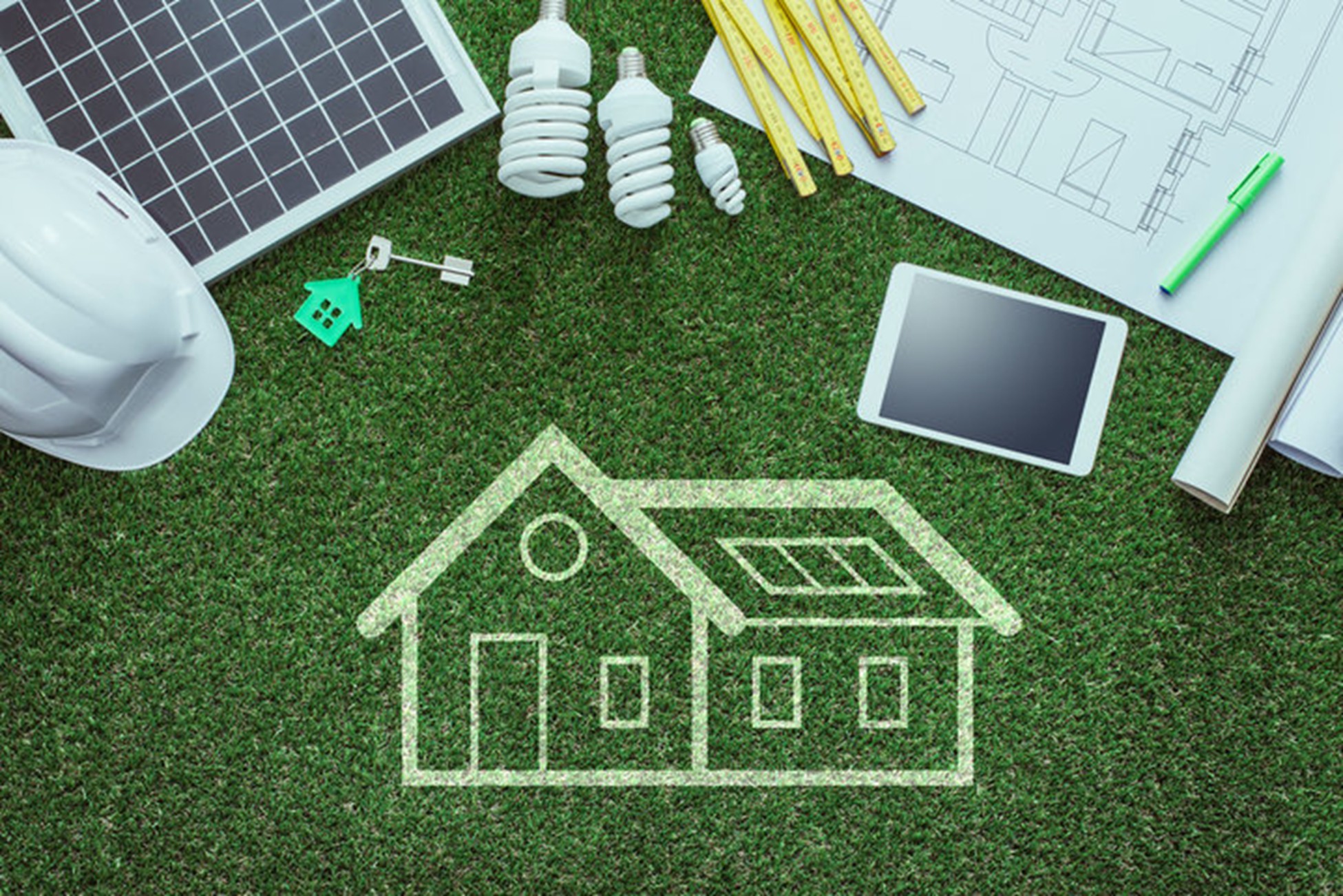
For coastal cities, growth has always been a negotiation between ambition and restraint, density and livability, and progress and preservation. 2026 is not too far, and now the negotiation has become more strategic and thought-out. It’s driven by decisions of real estate developers who are shaping New York and Miami in ways that reach far beyond architecture. These aren’t cities where you can build first and justify later. These are cities where every new structure must earn its place by solving a real, measurable need.
Previously viewed as competing forces, sustainability and scale now function as parallel expectations, which is what makes this time so exciting. It is now impossible to create sustainably without knowing how a project generates economic momentum, and it is no longer possible to build large without building responsibly. This combination of ambitious aspirations and careful restraint is rethinking what it means to develop in a way that is future-proof.
The conversations happening inside the development firms are extremely sharp and detailed, more so than ever. How do you design for a million residents while honoring a coastline that has limits? How do you introduce density without erasing character? How do you meet demand without compromising the next generation’s stability? These are the questions shaping the projects rising across both skylines.
New York is moving beyond its vertical now. The reason is the city’s new wave of development is characterized by design that basically respects micro-ecosystems within neighborhoods. Old business towers, dilapidated industrial buildings, and vacant waterfront lots are among the dormant assets that developers are repurposing to promote environmental stewardship and economic recovery.
Sustainability here isn’t an optional feature; it’s a requirement. Energy-efficient façades, climate-responsive materials, and intelligent water systems are now baseline expectations. Yet the most forward-thinking developers are going several levels deeper, exploring biophilic design, circular construction models, and community-anchored infrastructure.
New York’s evolution makes one thing clear: a project succeeds when it serves the neighborhood first and the skyline second.

Miami’s growth has been undeniable in these recent years, and the direction it’s moving in is also very intentional. A whole new market is being created by the city's transition to sustainable luxury: climate-ready beachfront real estate that retains its distinctive character. Elevated foundations, storm-resistant materials, landscape buffers, and solar-powered systems are becoming standard design features rather than luxury extras.
Sensibility in terms of design and climatically favorable conditions are what set Miami apart. You see it in the way indoor-outdoor transitions are planned, in the orientation of buildings, in the landscaping that doubles as protection, and in the cultural energy embedded into each development.
And the demand is clear: people want spaces that feel like Miami, not generic luxury with an ocean view. Developers who understand this nuance are the ones reimagining the city’s coastline for generations, not just cycles.
As 2026 approaches, one of the most significant changes is the dispelling of the long-held myth that sustainability impedes progress. The reverse is true of today's top projects, which demonstrate how strategic sustainability boosts long-term resilience, operational effectiveness, and value creation.
This is the chapter where real estate developers are becoming systems thinkers. They’re evaluating how a project affects traffic flow, local energy grids, ecological buffers, and community equity. They’re designing for adaptive change - anticipating that a building’s function may need to evolve twice over its lifespan.
Additionally, environmental analytics and predictive urban modeling are affecting everything from window placement to material selection in this day and age. Sustainability is no longer hampered by scale; rather, scale is what makes sustainability truly effective.
A definite expectation arises as both cities get ready for the next stage of growth: development must justify its impact. It has to give as much as it takes in. It must also demonstrate that commercial power and environmental responsibility can coexist.
The most influential real estate developers of this era understand that cities are ecosystems, not canvases. They recognize that every project will sit within a long lineage of urban decisions - and that their work must stand the test of scrutiny, time, and climate.
2026 isn’t just another development year; it’s a recalibration of how coastal cities define excellence. And the developers shaping New York and Miami know that the next decade belongs to those who can balance vision with accountability, ambition with restraint, and innovation with integrity.